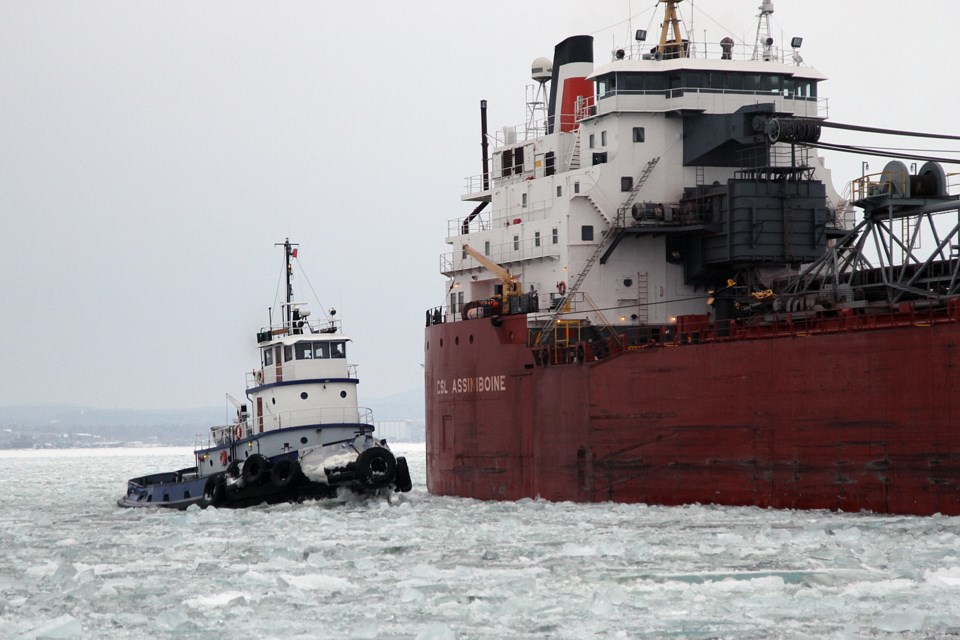THUNDER BAY – The fourth year of continued resurgence at the local port points to the recent strong shipping activity being the new normal.
The Port of Thunder Bay officially closed up for winter on Wednesday after moving more than 8.8 million tonnes during the 2017 shipping season, slightly above the previous year and more than 500,000 tonnes above the five-year average.
The port was carried by another strong year of grain shipments, which totalled 7.3 million tonnes. Grain has exceeded seven million tonnes each year since 2014, a benchmark which hadn’t been previously reached since 2000.
“I think the grain is up and that level is going to stay. I think there’s a lot of potential for more depending on the size of the harvests, which tend to be growing larger every year,” port authority chief executive officer Tim Heney said.
“The potential to grow other kinds of cargo is there as well.”
At 526,000 tonnes, potash volumes hit a 10-year high in Thunder Bay with much of that amount exported directly to Europe or Brazil.
“It’s affected by things a long ways away from here,” Heney said. “There can be events around the globe that can ricochet to markets we serve and it ends up out of nowhere you’re shipping potash or an increase in coal,” Heney said.
The cold snap that hit much of the province during the holiday season brought an abrupt end to the shipping season, with the final shipment of grain departing the Lakehead on Jan. 4. A total of seven ships are wintering in the port.
Heney said cargo totals at the port likely would have exceeded nine million metric tonnes had the Seaway not frozen up.
“Not just from here but down the system the ice was all the way done,” Heney said. “The cold snap wasn’t just on Lake Superior. In fact, it was more dramatic further down the system where the waterways are shallower and narrower.”
A variety of other cargo – including pipe, steel, heavy machinery, electrical transformers and modular buildings – made its way through Keefer Terminal.
Heney said he anticipated wind turbine equipment bound for Western Canada to continue going through the port over the next few years.
“We’ve had a great year in the variety of shipments through Keefer and some of the highest employment levels there in the port workers since the 1990s,” Heney said.
Port authority officials are also exploring infrastructure improvements at Keefer Terminal, which include the construction of a new storage building that had been announced in 2016.
“We’re looking to reconfigure some of the rail to build more capacity for car loading and help with the new building going up. It’s something that’s going to go ahead starting next year,” Heney said. “Some of the planning (of the building) is done now and we’ll be looking at the preload next year and we’ve also done some on the railyards so that work will start in earnest in the spring.”
